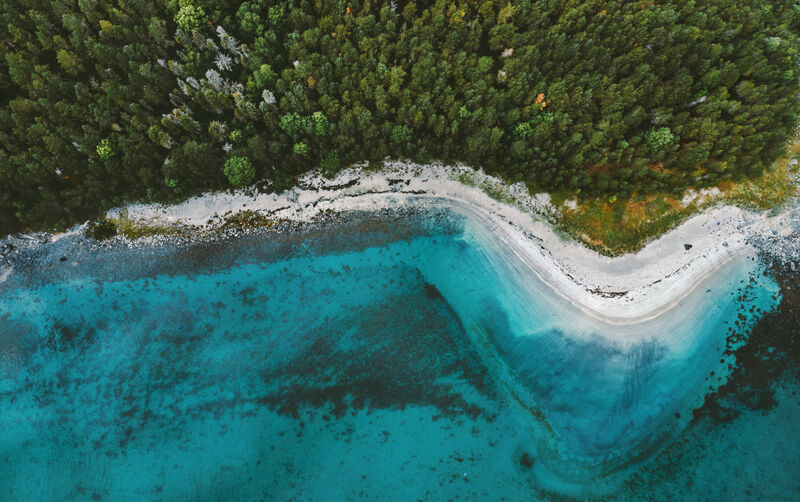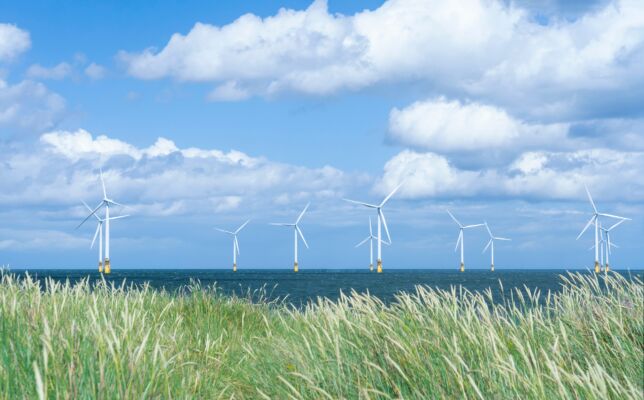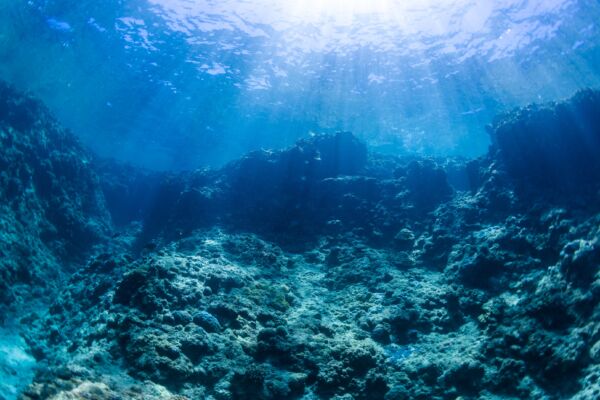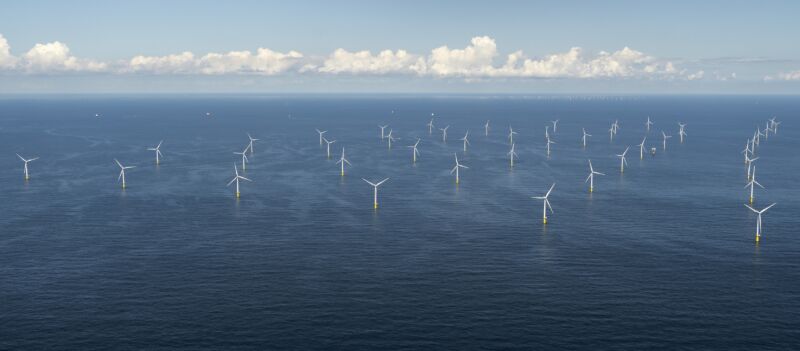There are two ways to supply islands with power. One is to use a submarine cable from the mainland or a neighboring island and the other is to simply generate their own energy. Smaller offshore islands far from the mainland tend to use diesel generators, while large ones rely on oil or coal-fired power plants – and create the resulting emissions. A link to the mainland using a submarine cable is the more elegant solution, but it also has its pitfalls: If something disturbs the cables, it affects the power grid of the whole island.
For this reason, many islands now play host to wind farms. But to be completely independent of submarine cables, power plants, or generators, they must have the capacity to store excess power for use on calmer days. These three islands are examples of how it can be done:
Canary Islands: How El Hierro stores wind energy
With just under 11,000 inhabitants and an area of around 270 km², El Hierro is the smallest of the seven main Canary Islands. For many years, El Hierro used a diesel generator to produce its electricity. However, when the island was nominated as biosphere reserve by UNESCO in 2000, a change in power production had to take place. As a result, the Council of El Hierro, Unelco, and the Canary Islands Technological Institute (ICT) chose to develop five wind turbines with a capacity of 11.5 megawatts (MW) and combined them with a pumped storage power plant consisting of two storage reservoirs. If the winds are strong and generate more energy than the locals consume, the water of the lower reservoir is pumped to the upper one. In a lull, when the wind turbines do not supply enough energy, the operator allows the water to flow back from the upper reservoir into the lower one – the water pressure powers the turbines that in turn generate the electricity needed. This system allows El Hierro to supply its own energy through sustainable sources.
The Azores: 3,500 tons of CO2 emissions down
The Azores can draw from the full range of renewable energies: wind, water, and geothermal. But in order to be able to use these resources around the clock, a storage solution needs to be installed. Therefore, the island of Terceira has ushered in the use of a battery energy storage system. And with a 15-MW capacity, it is one of the largest in Europe. The system stores excess energy and retrieves it when needed. This allows the island to reduce its reliance on fossil fuels by half. Now, only around 30 percent of the Azores’ energy supply is generated via fossil fuels. To put that into perspective, annual diesel consumption is reduced by 1,150 tons and CO2 emissions by more than 3,500 tons per year.
The Orkney Islands: Virtual energy network aligns supply and demand
With 70 small islands and around 700 wind turbines, the Scottish Orkney Islands produce much more energy than their population consumes. If there is too much excess power left however, the operator shuts down the wind turbines – throwing away hundreds of thousands of pounds every year. To prevent this waste, the “ReFLEX” (Responsive Flexibility) project – a virtual energy network that coordinates supply and demand – was launched. The system relies on a combination of different storage solutions: small storage units for islanders’ homes, larger ones for businesses and public institutions, a hydrogen fuel cell, charging stations for electric cars, and flexible heating systems.
Those who call the Orkney Islands home support the idea, as they are proud of their wind turbines and happy to see Orkney become independent in electricity generation.
Water and wind
Using ocean energy has also proven profitable. This form of energy generation is not yet competitive with other renewable energies, but it is estimated that the marine energy industry will supply 10 percent of the world’s future energy needs.
SKF has also been investigating this topic for some time. The company has developed solutions based on the application purposes and marine conditions of the respective location. Want to learn more? Click here.



